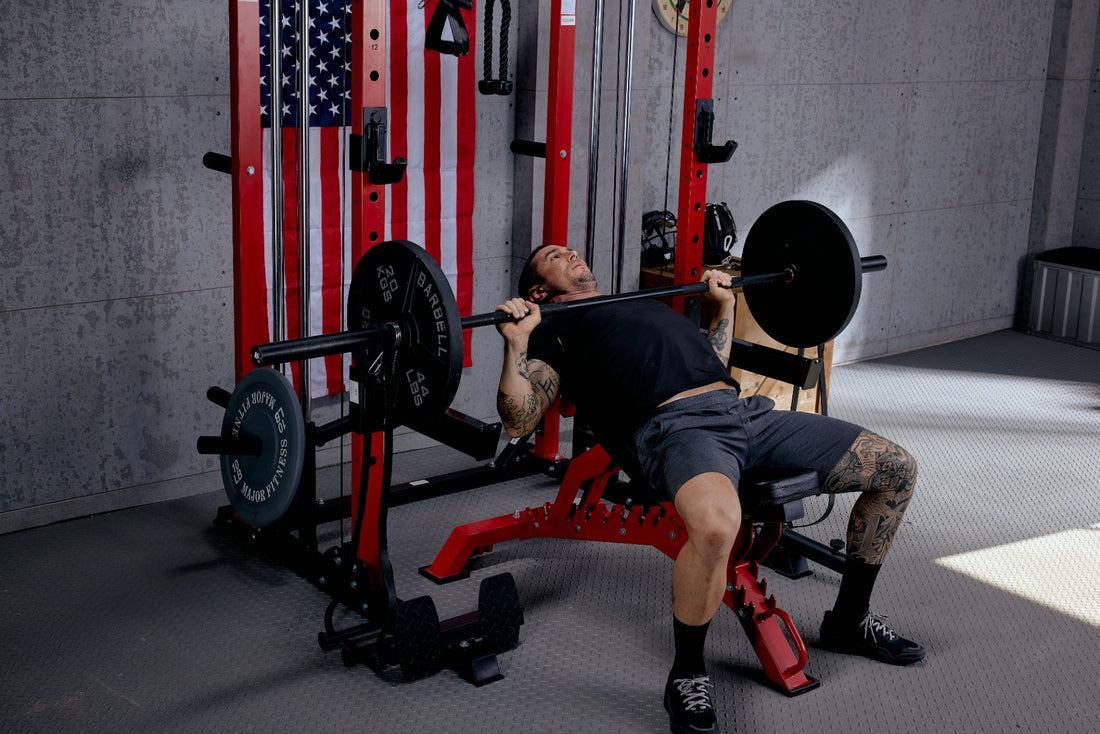
Are you aiming to maximize your gains on the bench press but find yourself puzzled by the number of sets and reps you should be doing? This question is at the heart of effective strength training, and the answer can dramatically impact your progress. Whether you're a beginner or an experienced lifter, understanding how to tailor your workout routine can lead you to impressive strength and muscle development.
Understanding the Basics: Sets and Reps
Before diving deep into the specifics, let's make sure we're all on the same page about what sets and reps actually are. A rep (short for repetition) is one complete cycle of an exercise, such as lowering the bar to your chest and pressing it back up again in the case of a bench press. A set is a group of consecutive repetitions. For example, if you bench press the bar 10 times and then rest, that's one set of 10 repetitions.
The Golden Rule for Beginners
If you're just starting out, it’s crucial to focus on form over quantity. Beginners should generally aim for 3 sets of 8-12 reps. This range is known for promoting hypertrophy (muscle growth) while simultaneously boosting your strength base. Furthermore, practicing the correct form reduces the possibility of injury, a common pitfall among novice lifters.
Tweaking Your Routine for Strength Gains
For those who have surpassed the beginner stage, adjusting the sets and reps can yield better results depending on your goals. Here's a breakdown:
- Strength Focus: If your primary goal is to increase strength, aim for 4-6 sets of 4-6 reps using 75-85% of your one-rep max (1RM).
- Hypertrophy Focus: To build muscle size, shoot for 3-4 sets of 8-12 reps using 70-80% of your 1RM.
- Endurance Focus: If muscular endurance is your goal, then 2-3 sets of 15-20 reps using 50-70% of your 1RM will be beneficial.
Listening to Your Body
It's essential to remember that everyone’s body reacts differently to training stimuli. Pay attention to your body’s response to varying set and rep schemes. Are you recovering well? Are you consistently making progress? Use these parameters to fine-tune your training program as needed.
Incorporating Rest Periods
The rest period between sets is another crucial element that affects your results. For strength gains, longer rest periods ranging from 2-5 minutes are recommended. For hypertrophy, shorter rest periods of 1-2 minutes help maintain muscle tension and promote growth. For endurance training, very short rest intervals of 30 seconds to 1 minute are ideal.

The Role of Nutrition
All the sets and reps in the world won't yield the desired results without proper nutrition to support your goals. Ensure you are consuming enough protein to fuel muscle recovery and growth. Carbohydrates are also important for energy, and healthy fats support overall bodily functions.
Tracking Progress
Maintaining a workout log can be exceptionally beneficial. Record the weight used, number of sets, and reps completed to monitor your progress and make adjustments as necessary. This can also help you identify patterns in your performance and recovery, allowing you to optimize your training strategy.
Supplemental Exercises
In addition to the bench press, consider incorporating supplementary exercises into your routine. Movements like push-ups, chest flyes, and tricep dips can contribute to overall chest development and help balance your strength.
Consulting with Professionals
If you find yourself plateauing or unsure about your form and routine, consulting with a certified personal trainer can be extremely beneficial. They can provide personalized advice and adjustments specific to your body and goals.
Conclusion
Knowing how many sets and reps for bench press are optimal for you requires a balance of science, art, and a deep understanding of your own body. By setting clear goals, monitoring your progress, and being willing to make adjustments, you can find the perfect formula that works best for you. Whether you are aiming for strength, hypertrophy, or endurance, the right combination of sets and reps will propel you towards your fitness objectives.




















